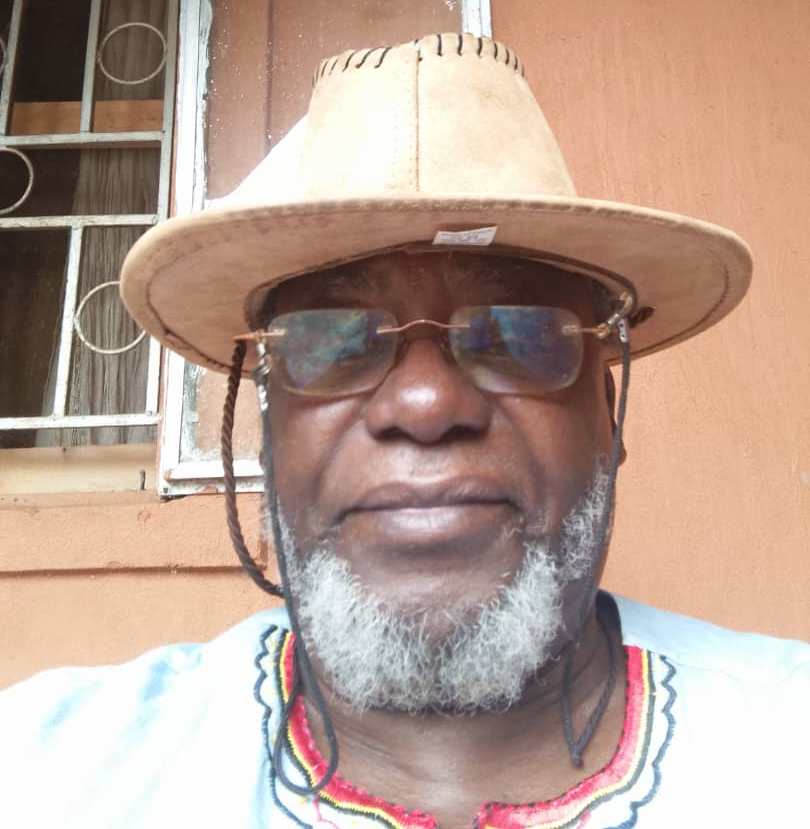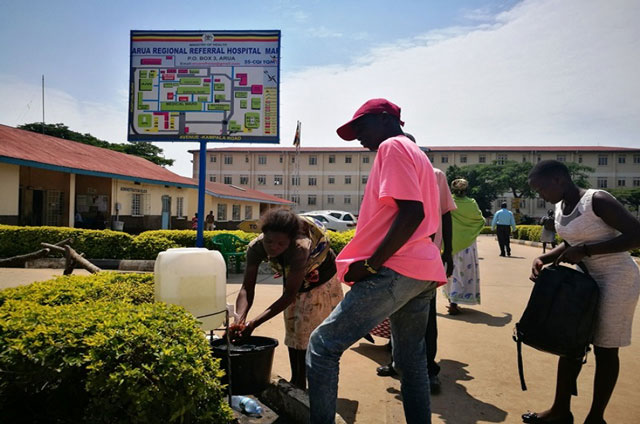Here is why you can spend 10-15 years without knowing you have HIV
Left untreated, HIV can lead to the disease Acquired Immunodeficiency Syndrome (AIDS), where the immune system becomes severely compromised, making individuals susceptible to opportunistic infections and certain cancers.

Human Immunodeficiency Virus (HIV) is a formidable global health challenge that has significantly impacted communities worldwide.
Discovered in the early 1980s, HIV is a retrovirus that attacks the immune system, specifically the CD4 cells (T cells), which play a crucial role in the body’s defense against infections.
Left untreated, HIV can lead to the disease Acquired Immunodeficiency Syndrome (AIDS), where the immune system becomes severely compromised, making individuals susceptible to opportunistic infections and certain cancers.
Despite significant strides in medical research and treatment options, HIV continues to pose a complex public health concern, requiring ongoing education, prevention efforts, and support for those affected. Understanding the virus, its modes of transmission, and the importance of early detection and treatment are crucial components in the global effort to combat the HIV epidemic.
When does one know they have HIV/AIDs?
According to the Joint United Nations Programme on HIV/AIDS (UNAIDS), the majority of people infected with HIV, if not treated, develop signs of AIDS within eight to 10 years.
The Agency added that AIDS is identified on the basis of certain infections, where Stage 1 of HIV disease is asymptomatic and not categorized as AIDS, Stage II which includes minor mucocutaneous manifestations and recurrent upper respiratory tract infections and stage III which has unexplained chronic diarrhoea for longer than a month, severe bacterial infections and pulmonary tuberculosis.
UNAIDS added that in stage IV, it will include toxoplasmosis of the brain, candidiasis of the oesophagus, trachea, bronchi or lungs and Kaposi’s sarcoma. It should be therefore noted that HIV disease is used as an indicator of AIDS, with most of these conditions being opportunistic infections that can be treated easily in healthy people.
Meanwhile, according to research from the U.S. Department of Health and Human Services, there are several symptoms of HIV which not everyone will have, depending on the person and what stage of the disease they are in.
Stage 1: Acute HIV Infection
The U.S. Department of Health and Human Services said Within 2 to 4 weeks after infection with HIV, about two-thirds of people will have a flu-like illness. This is the body’s natural response to HIV infection. At this stage the person will have minor symptoms like Fever, Chills, Rash, Night sweats, Muscle aches, Sore throat, Fatigue, Swollen lymph nodes and Mouth ulcers.
Despite all these mentioned above being the symptoms, the health authorities note that these symptoms can last anywhere from a few days to several weeks, but some people do not have any symptoms at all during this early stage of HIV.
However, the U.S. Department of Health and Human Services warns that one shouldn’t assume to have HIV just because they have any of these symptoms, since they can be similar to those caused by other illnesses.
It’s therefore incumbent upon anyone under this condition to go for HIV testing, so as to know their status.
“After you get tested, be sure to learn your test results. If you’re HIV-positive, see a health care provider as soon as possible so you can start treatment with HIV medicine. And be aware: when you are in the early stage of infection, you are at very high risk of transmitting HIV to others. It is important to take steps to reduce your risk of transmission,” said the U.S. Department of Health and Human Services.
Stage 2: Clinical Latency
This stage is also called chronic HIV infection. According to the department in this situation the virus still multiplies, but at very low levels and People in this stage may not feel sick or have any symptoms.
Without HIV treatment, the authorities say people can stay in this stage for 10 or 15 years, but some move through this stage faster. The department says If one takes HIV medicine exactly as prescribed and gets and keeps an undetectable viral load, they can live a long and healthy life and will not transmit HIV to their HIV-negative partners through sex.
“But if your viral load is detectable, you can transmit HIV during this stage, even when you have no symptoms. It’s important to see your health care provider regularly to get your viral load checked,” the U.S. Department of Health and Human Services added.
Stage 3: AIDS
At this stage health authorities state that If one has HIV and they are not on HIV treatment, eventually the virus will weaken their body’s immune system and they will progress to AIDS (acquired immunodeficiency syndrome).
Under this they avail symptoms like Rapid weight loss, Recurring fever or profuse night sweats, Extreme and unexplained tiredness, Prolonged swelling of the lymph glands in the armpits, groin, or neck, Diarrhea that lasts for more than a week, Sores of the mouth, anus, or genitals and Pneumonia among others.
“Each of these symptoms can also be related to other illnesses. The only way to know for sure if you have HIV is to get tested. If you are HIV-positive, a health care provider will diagnose if your HIV has progressed to stage 3 (AIDS) based on certain medical criteria,” the department added.
Research also showed that many of the severe symptoms and illnesses of HIV disease come from the opportunistic infections that occur because one’s body’s immune system has been damaged. Authorities hence advise that individuals should see their health care providers once they are experiencing any of these symptoms.
According to the World Health Organization (WHO), since the beginning of the epidemic, 85.6 million people have been infected with the HIV virus and about 40.4 million people have died of HIV. Globally, 39.0 million people were living with HIV by the end of 2022.
ALSO READ: More people are testing for HIV







